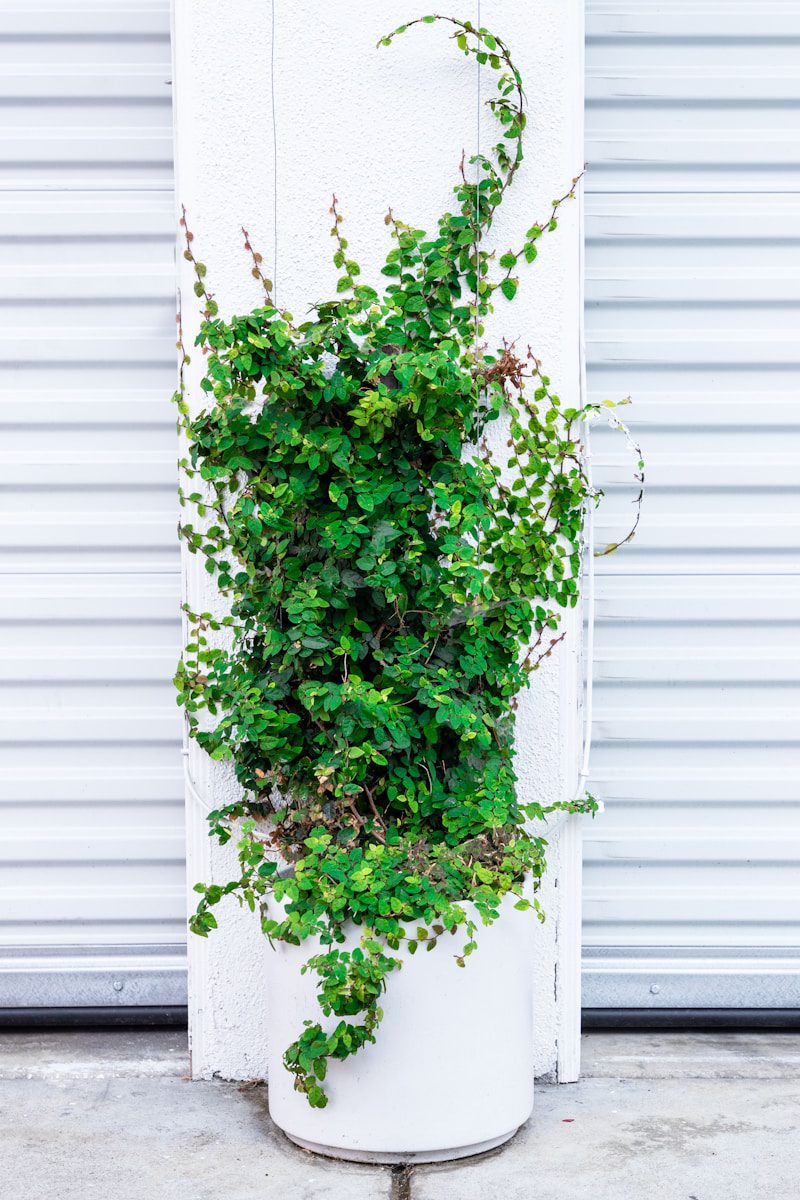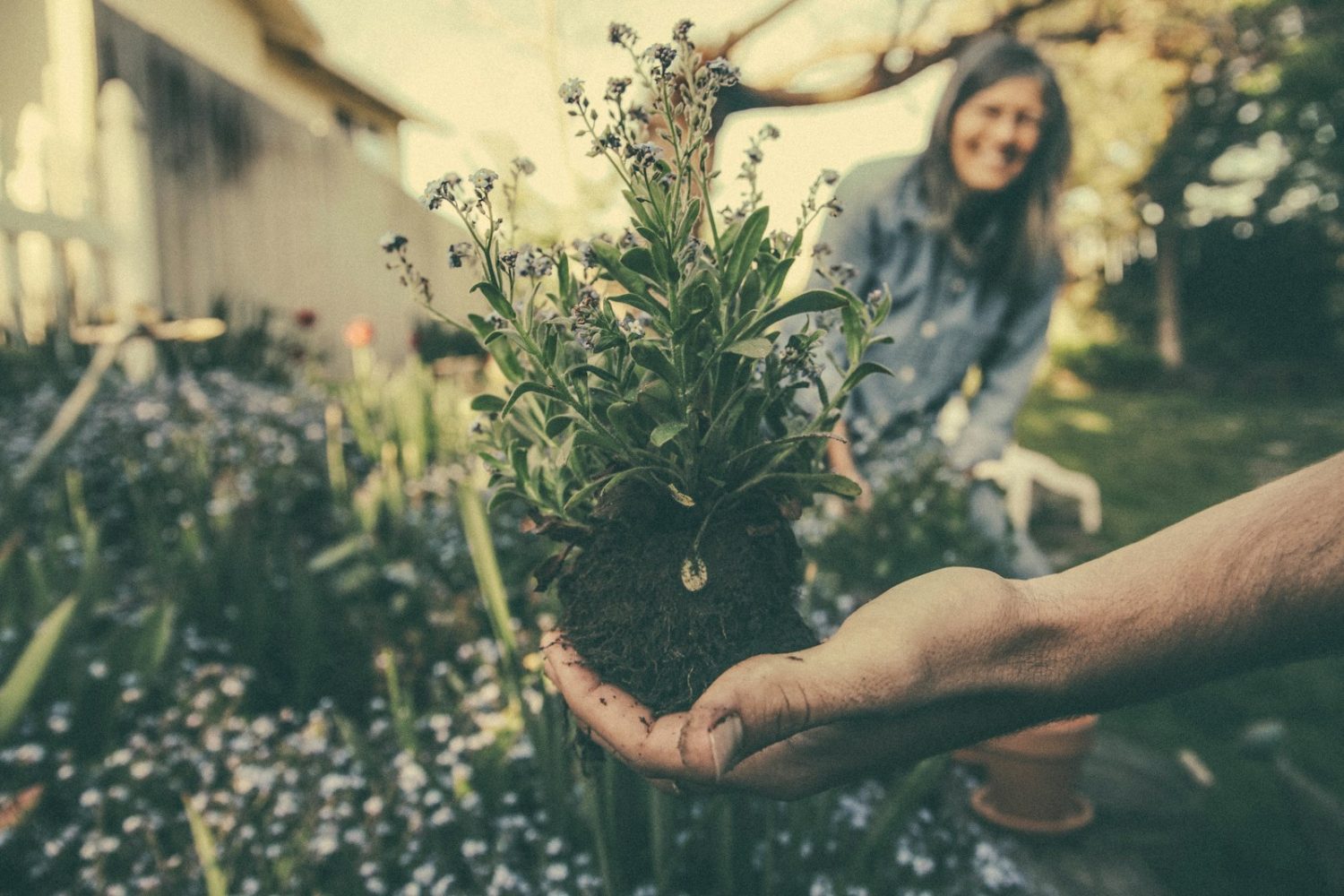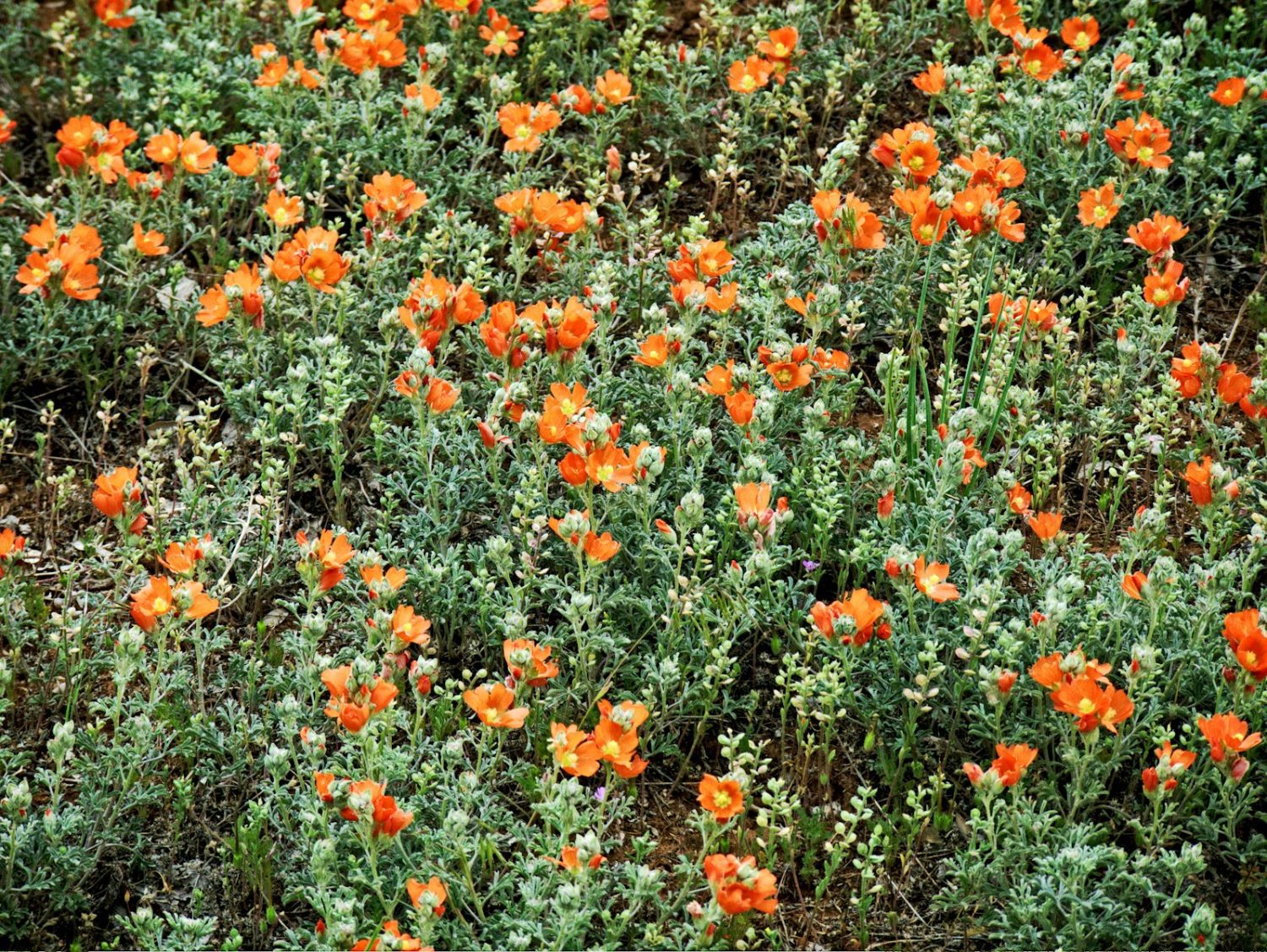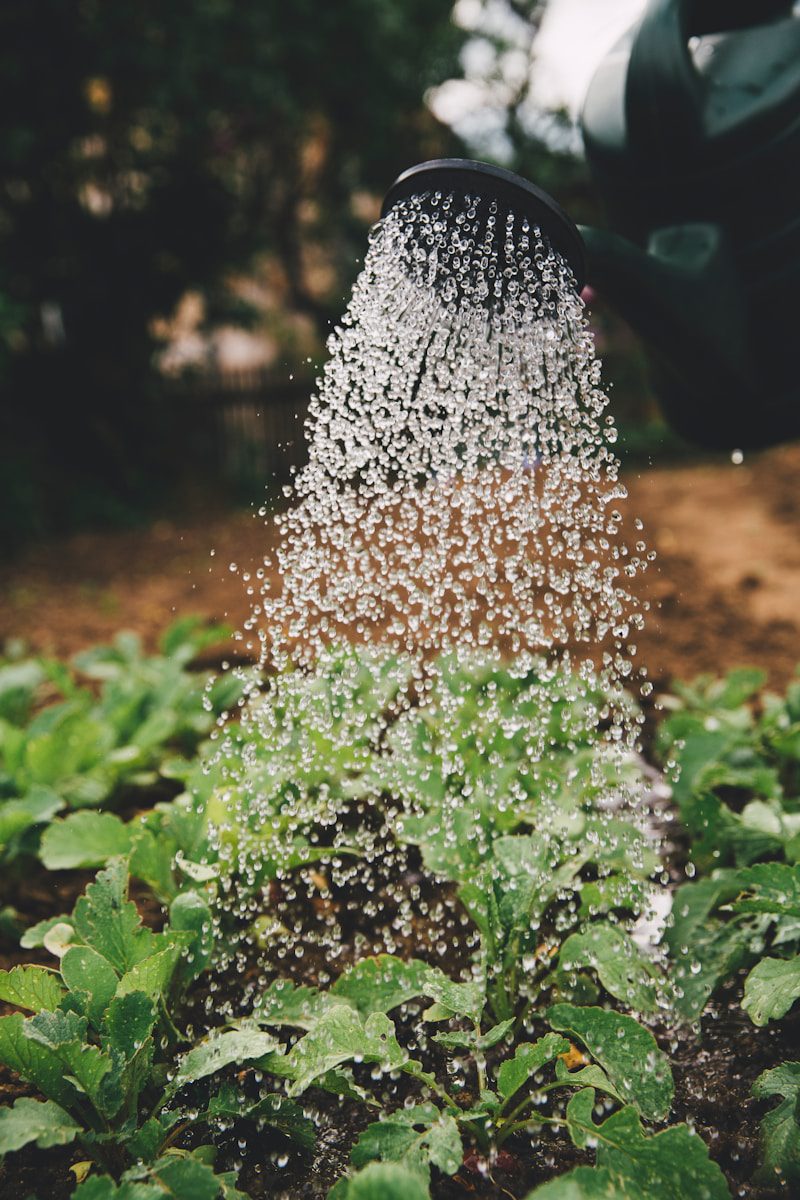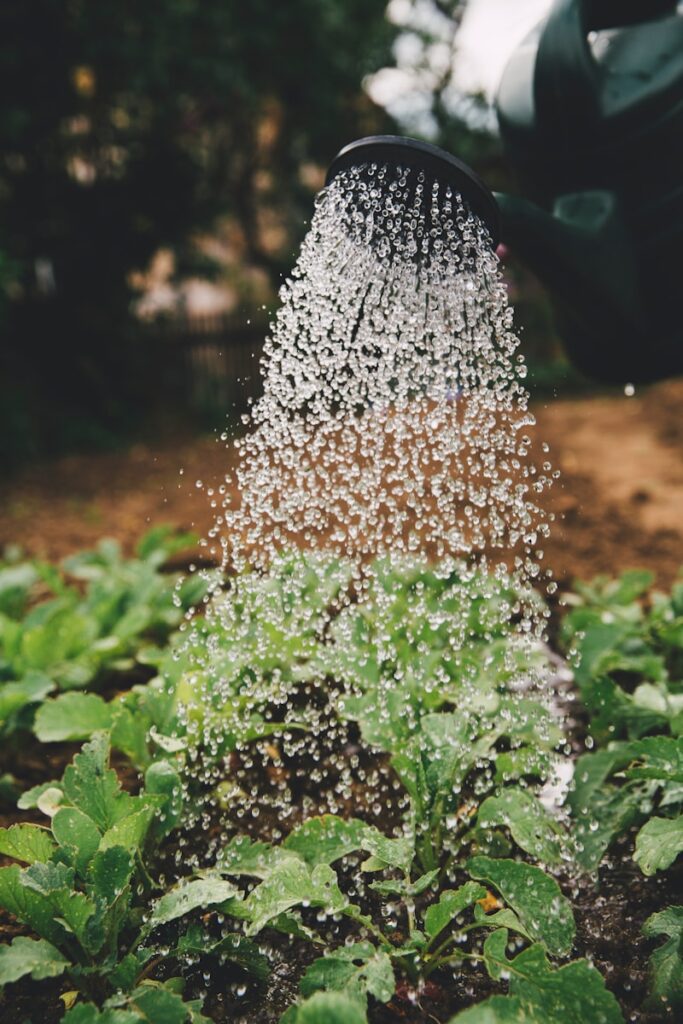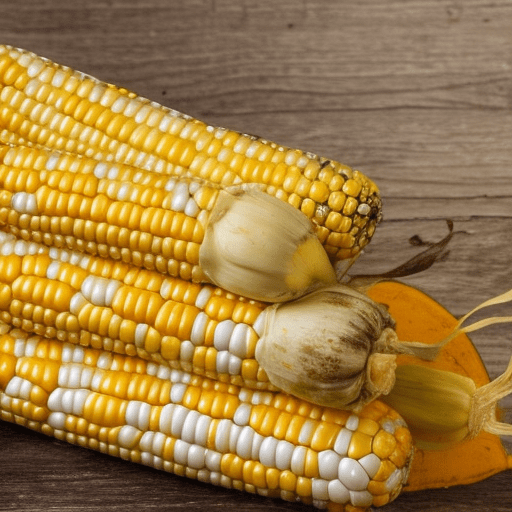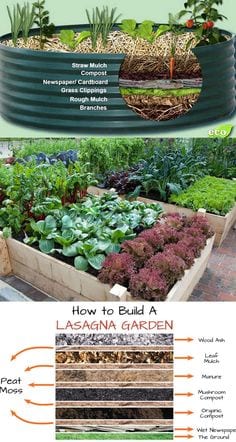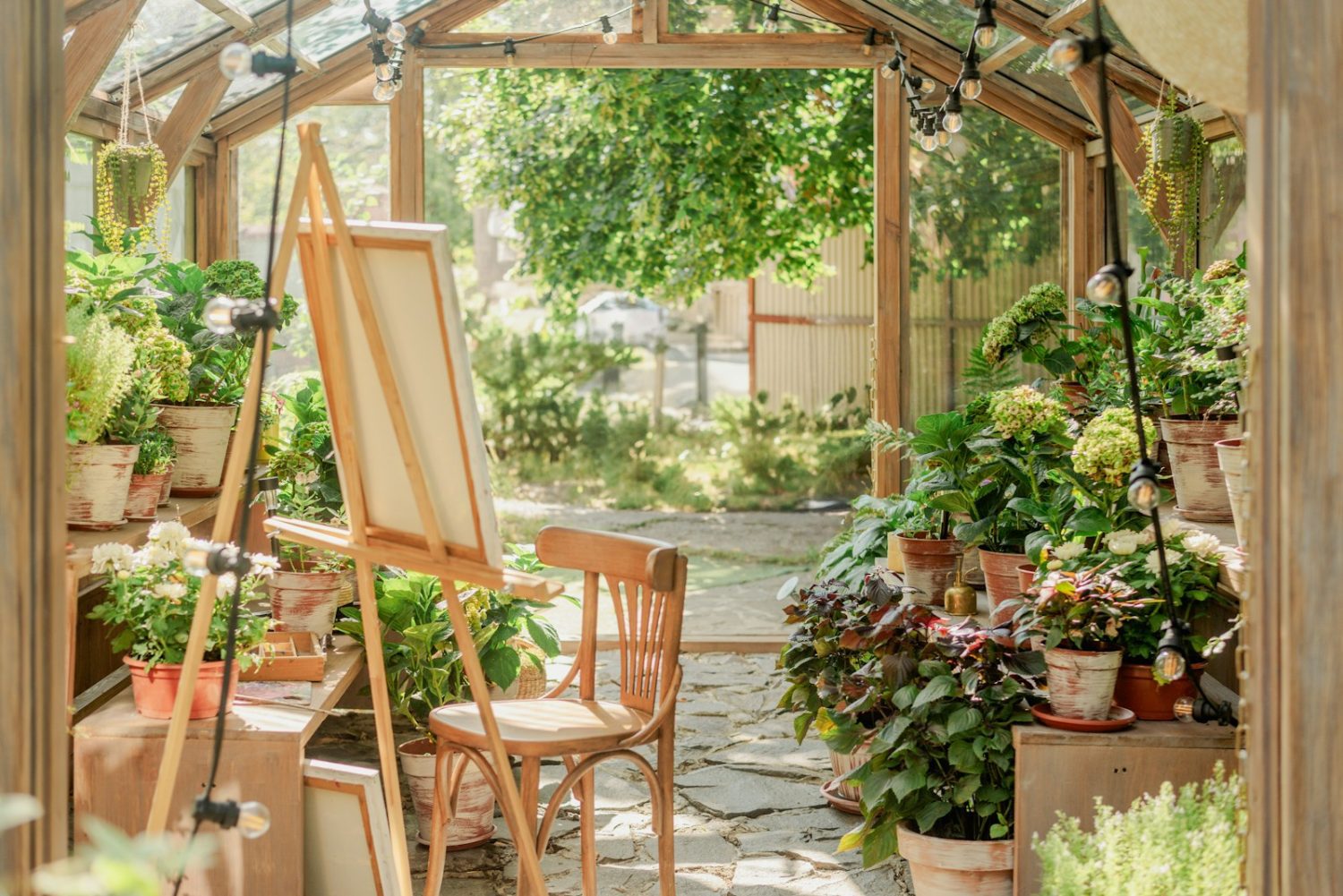
Cottage gardens have always stirred a sense of wonder. They feel like stepping into a painting, where flowers spill over pathways, herbs mingle with roses, and every corner hums with life. Yet many of us live in homes that lean modern—clean lines, sleek patios, minimalist windows. The good news is, these two styles don’t have to clash. With a thoughtful approach, we can weave the romance of a cottage garden into modern spaces without losing that polished edge we love.
This guide explores how to merge the charm of cottage planting with modern design. Together, we’ll look at plants, layout, hardscapes, and simple details that make a big difference. The result? A space that feels inviting, timeless, and perfectly suited to today’s lifestyles.
The Magic of the Cottage Garden
Cottage gardens are rooted in history. They began as practical kitchen plots, filled with herbs, fruit, and flowers grown close to home. Over centuries, they evolved into something more poetic. A cottage garden celebrates abundance—colorful blooms layered with texture, natural curves, and unexpected combinations that feel alive rather than staged.
Key traits of a traditional cottage garden include:
- Overflowing plantings – Flowers grow close together, creating a lush, almost wild look.
- Mix of ornamental and edible plants – Roses and lavender stand beside beans, lettuces, and strawberries.
- Informal paths and edges – Winding stone walks or gravel paths guide you through the garden without strict lines.
- Year-round interest – Spring bulbs, summer flowers, autumn seed heads, and winter evergreens keep the garden alive in every season.
This style draws us in because it feels personal. Every corner has character. Every plant tells a story.
Where Modern Design Meets Cottage Charm
Modern design brings balance to this lively style. It helps us avoid the “messy” look that sometimes overwhelms small yards. Modern touches can:
- Simplify structure – Clean lines in raised beds, fencing, or patios provide calm against dense plantings.
- Highlight plants as art – A single large container or sculptural trellis can make a flowering vine feel like a statement piece.
- Blend indoor and outdoor living – Modern glass doors, decks, or lighting extend the cottage feel into your home’s living spaces.
- Streamline maintenance – Smart irrigation, hardy plant choices, and mulched paths make upkeep easier while preserving beauty.
In other words, modern elements give cottage gardens room to breathe. They let us enjoy the romance without sacrificing comfort.
Designing the Layout
The first step is to think about flow. Cottage gardens are known for winding paths and soft edges, but a modern backdrop benefits from some structure.
Create Gentle Geometry
Instead of perfectly straight rows, try gentle curves that draw the eye. Use modern materials like smooth concrete pavers or steel edging for paths. The mix of curved planting beds with crisp edging bridges the two styles beautifully.
Balance Open Space with Abundance
Dedicate certain areas to dense flowers and others to open lawn, gravel, or patio. This prevents the garden from feeling crowded and gives you space to relax.
Add a Focal Point
Modern design loves statement pieces. A single birdbath, a sculptural planter, or even a small water feature can anchor your planting scheme and guide the view.
Choosing Plants That Sing Together
Plant selection is where cottage style truly shines. But when blending with modern design, choose flowers and foliage that offer both color and form.
Classic Cottage Plants
- Roses – Especially shrub and climbing types for walls or arches.
- Lavender and Catmint – Soft edges, fragrance, and pollinator appeal.
- Delphiniums and Foxgloves – Vertical drama among lower-growing blooms.
- Peonies and Dahlias – Big, romantic flowers that steal the show.
- Herbs like thyme, sage, and chives – Edible and beautiful.
Modern Companions
- Grasses – Fountain grass or blue fescue add airy texture and movement.
- Architectural perennials – Agave, yucca, or alliums bring structure.
- Simple color palettes – Limit to two or three tones (like white, purple, and soft pink) for a fresh, cohesive look.
Year-Round Layers
Mix bulbs for spring, annuals for summer, and evergreens for winter interest. The goal is constant beauty with minimal gaps.
Adding Modern Hardscape Elements
Hardscape refers to the “bones” of the garden—paths, walls, seating, and containers. Here’s how to merge rustic charm with clean-lined features.
- Use natural materials with modern forms. Think timber benches with sleek finishes, or stone walls capped with smooth concrete.
- Incorporate metal accents. Weathered steel planters or black iron trellises echo modern minimalism but still fit cottage blooms.
- Opt for subdued lighting. Low-voltage path lights or lantern-style sconces add evening magic without overpowering the plants.
- Keep furniture simple. Choose comfortable seating with neutral tones, then soften with cushions and throws in floral prints.
Blending Edibles and Ornamentals
True cottage gardens always mix beauty with function. You can do the same—even in a modern space.
- Plant herbs in geometric raised beds alongside ornamental flowers.
- Tuck edible flowers like nasturtiums among vegetables for color and pollinator benefits.
- Grow fruit trees in espalier form against walls or fences for a sculptural yet productive look.
- Choose compact veggies (like dwarf tomatoes or peppers) that thrive in containers on modern patios.
This approach celebrates abundance without clutter, giving you fresh harvests and colorful borders in one sweep.
Keeping Maintenance Manageable
One myth about cottage gardens is that they require endless work. With smart planning, you can enjoy lush beauty without constant upkeep.
- Mulch generously. Reduces weeds, locks in moisture, and unifies the look of dense plantings.
- Group plants by needs. Place drought-tolerant herbs together and water-loving blooms in another spot.
- Prune seasonally. Deadheading flowers keeps them blooming longer and maintains a tidy shape.
- Invest in irrigation. A simple drip system or soaker hose blends into beds and saves hours of hand-watering.
Modern systems like rain barrels or self-watering planters can also support sustainability while easing daily care.
Personal Touches That Make It Yours
The soul of a cottage garden lies in its personality. Even with modern details, make sure your space feels like home.
- Add handmade stepping stones or painted signs for whimsy.
- Display vintage containers—old watering cans or clay pots among sleek planters.
- Plant flowers from your childhood or those tied to family memories.
- Incorporate wild corners for pollinators, letting clover or daisies self-seed naturally.
This mix of curated and spontaneous moments creates a space that’s both stylish and heartfelt.
Why This Style Resonates Today
We crave gardens that do more than look pretty. We want spaces that feel alive, invite connection, and nourish the senses. A modern cottage garden offers that balance. It softens hard edges of contemporary life, provides food and habitat for wildlife, and gives us a sanctuary that evolves with the seasons.
At the same time, it stays practical. Clean paths welcome wheelbarrows and strollers. Defined beds simplify care. Modern lighting means evening dinners among blooms are easy and safe. It’s romance made real.
A Garden That Bridges Past and Present
Blending cottage charm with modern design is more than decorating—it’s storytelling. It honors old traditions of growing flowers and food together, while embracing the clean simplicity we love today. This mix is flexible, forgiving, and endlessly creative.
You don’t need acres to make it happen. Even a small patio or side yard can become a modern cottage haven. Plant a few roses. Add herbs near your kitchen door. Use one sleek planter as a focal point. Let it grow over time, season by season.
Most of all, enjoy the process. Every bloom and every path is part of the story you’re creating—a garden that reflects who you are, where you’ve been, and the home you dream of building.
Welcoming Tomorrow’s Blooms
As we look ahead, these gardens remind us that beauty doesn’t need to be complicated. They invite us to slow down, savor the scent of lavender, and watch butterflies drift between blossoms. In the gentle blend of cottage abundance and modern clarity, we find a place where nature and design meet in perfect harmony—a garden worth tending for years to come.

